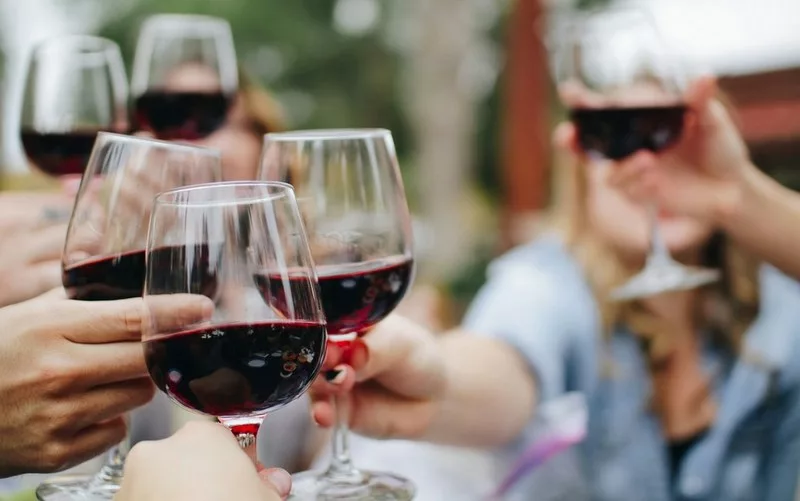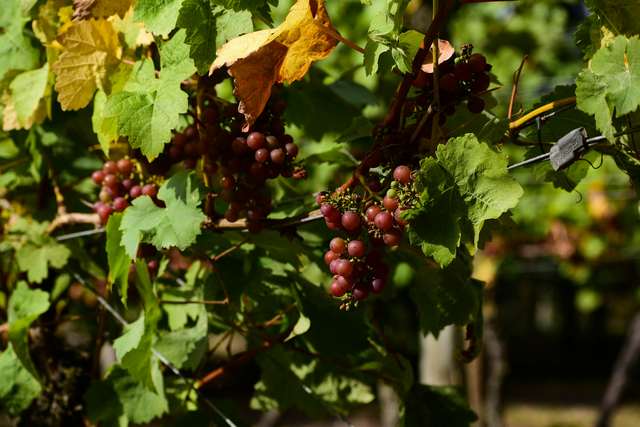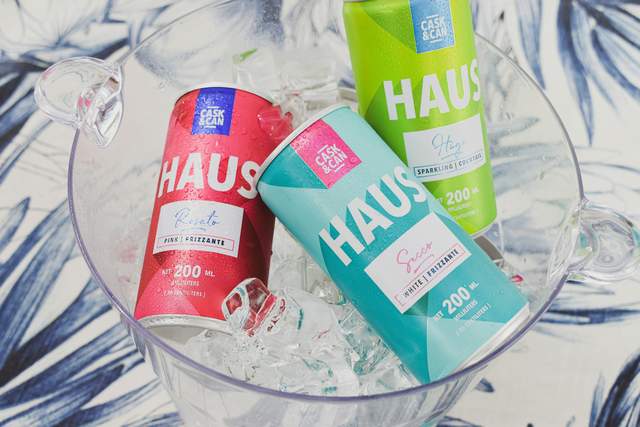
Recent Trends in Wine
Over the past two years, we have a seen some change in the wine drinking trends in the UK, be it socio-economic factors, consumer preferences, or changes in our cultural attitudes.
Key words for those interested in wine trends are innovation, sustainability, and a return to quality over quantity.

1. Growth of English Wines:
English wines, particularly sparkling varieties, have seen tremendous growth, doubling in sales over the past two years. We think this is partly due to increased consumer interest in locally produced goods, but also the impression we get it that English wines are improving in quality. Of those notable Chardonnay and Pinot Noir appear to be popular varieties, reflecting a growing recognition of England as a credible wine-producing region.

2. Sustainability and Alternative Packaging:
Sustainability is a factor for UK wine drinkers, with a preference environmentally practices that does not cause long term harm to the planet. Surprisingly for connoisseurs, is the trend of canned wines. We have been told that younger consumers, in particular, are driving this trend, with a significant increase in the purchase of canned wines. This trend is expected to continue as sustainability pressures grow, influencing both trade and consumer behaviours.
3. Quality Over Quantity:
A significant trend is the shift towards drinking less but better-quality wine. Consumers are opting for premium wines, reflecting a desire for better wine experiences rather than higher consumption volumes. This is also a response to the cost of living crisis, where consumers prefer to invest in higher-quality products when they choose to spend on wine. This trend has been observed across various segments, including still wines and grower Champagnes, which emphasize terroir and organic farming methods.
4. Rise of Indigenous and Lesser-Known Varieties:
There is a growing interest in indigenous grape varieties and wines from lesser-known regions. Consumers are becoming more adventurous, seeking unique and diverse flavors. Varieties such as Godello from Spain, Furmint from Hungary, and Grillo from Italy are gaining popularity. This trend is partly driven by a desire for novelty and a willingness to explore wines beyond the traditional favorites.
5. Champagne and Sparkling Wine:
Champagne has regained its sparkle in the UK, with sales rebounding strongly post-pandemic. The demand for grower and neo-négociant Champagnes, which offer diverse styles and flavours, is increasing. Additionally, traditional method sparkling wines from regions outside Champagne, such as Crémant and English sparkling wines, are gaining traction due to their excellent quality and value. Call our wine rack design team if you need champagne racks.
6. Moderation and Low/No Alcohol Wines:
The trend towards alcohol moderation is growing, with many consumers adopting a “damp” lifestyle, which involves reducing alcohol intake rather than eliminating it completely. This has led to increased interest in low and no-alcohol wine alternatives, catering to those who want to enjoy the social aspects of wine drinking without the full alcohol content. This trend is particularly popular among younger demographics and is expected to grow further.
How to store non-alcoholic wine?
You need to store non-alcoholic wine exactly the same way that you store normal wine. That is, you needs to be stored in the right wine environment, wine storage temperature, zero sunlight, and perfectly balanced humidity. This is because alcohol-free wine is the same as wine, just with the ethanol removed.
We hope you enjoyed our insights, and if you need storage for your new wines you know who to call!